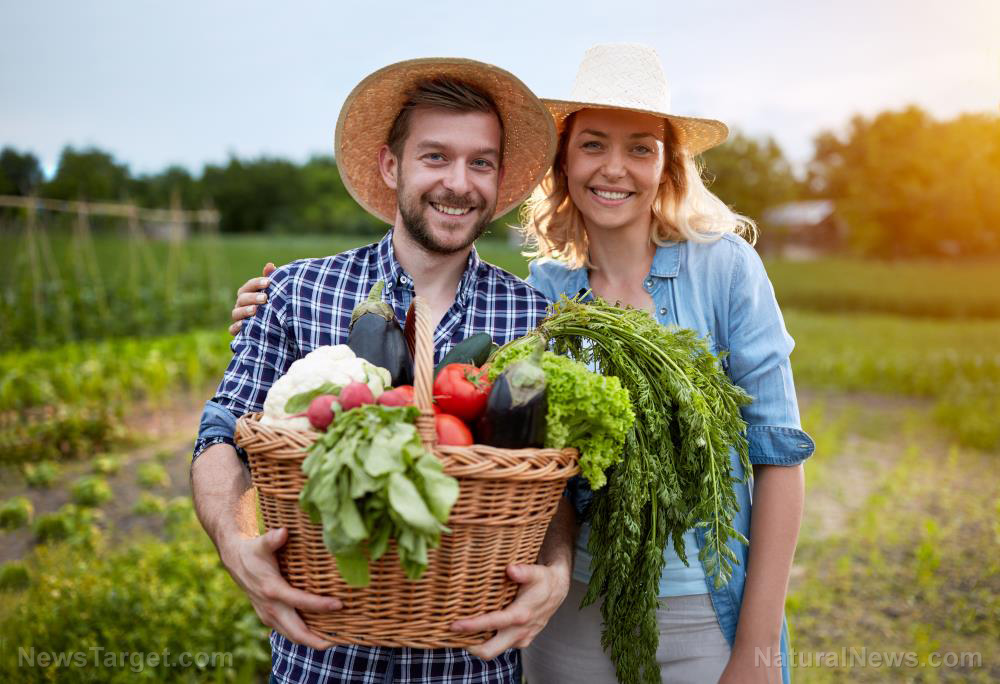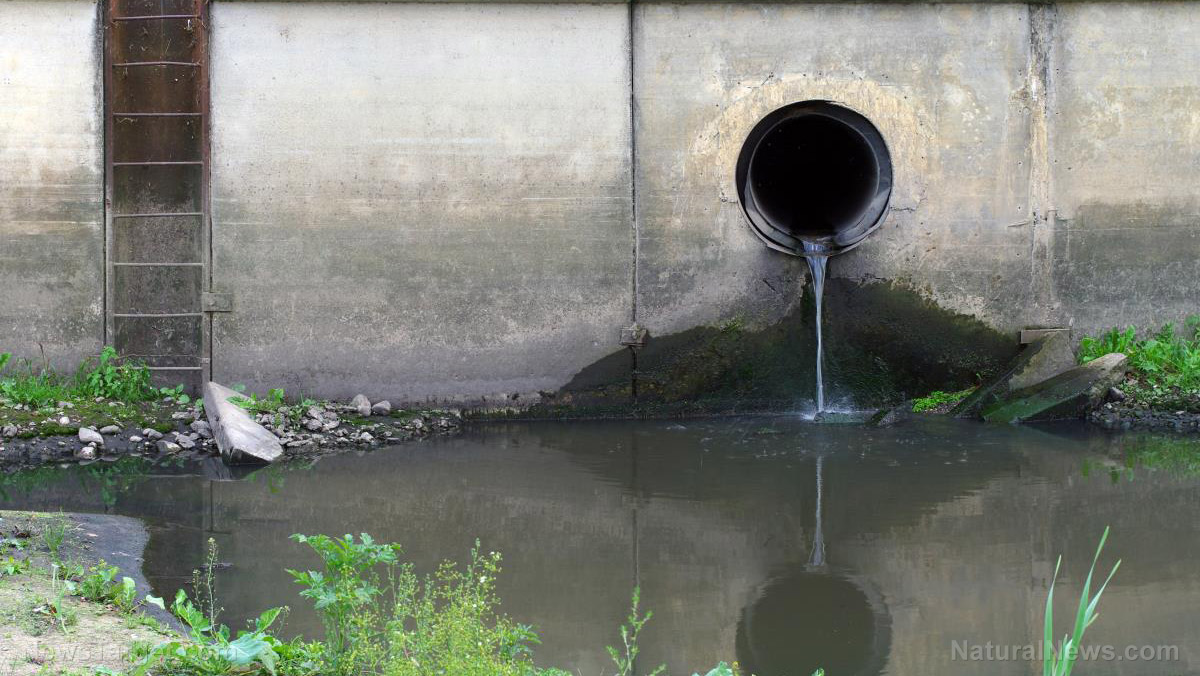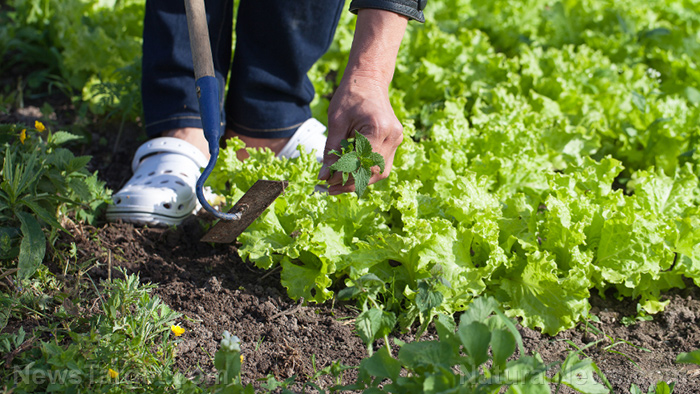Edibles in plain sight: 15 Common wild plants that are safe to eat
12/05/2019 / By Grace Olson

When you’re in the wild, the usual food sources may no longer be available. You’ll need to find your own food through hunting or foraging. These skills rely greatly on your knowledge of which foods you can eat. (h/t to AskAPrepper.com)
Aside from catchig fish and hunting wild animals, there are also wild plants that you can forage. These plants are rich sources of vitamins and minerals that can help you sustain yourself and increase your chance of survival. Here are some of the plants you can forage outdoors:
1. Acorns
Acorns are abundant in areas where mature oak trees grow. An ounce of acorns and bread have similar amounts of calories, along with fat. This makes them ideal sources of energy out in the wild.
Before eating them, make sure to leach out the bitter tannins. Simply mash up the acorns and run cold water through them, ideally in a stream or a river to save water. Keep repeating until the bitter taste is gone.
2. Berries
There are a lot of berries in the wild, but if you’re not familiar with the ones you do find, don’t eat them. Some varieties of berries are poisonous and require treatment first before consumption. If you find common berries like blackberries and raspberries, take those instead. Otherwise, it may not be worth the risk.
3. Cattails
Cattails usually grow near bodies of water. They are long, tall plants with brown cigar-shaped parts (the cattail) on the top.
Every part of the cattail can be consumed. Make a salad out of the lower leaves and roast the cattail for a meal. Its stems can be eaten raw or boiled. The roots also contain starch, which you can strip and chew. Just spit out the tough parts afterward.
4. Chicory
The chicory plant is well-known for its blue, white and lavender flowers. Every part of the plant is edible. Make sure to clean the leaves and boil them first before eating.
5. Clover
Clovers are popular foods among livestock and wild rabbits. They also offer some health benefits to humans. Clovers can help prevent colds and respiratory problems, which is crucial when surviving in the wild.
6. Daisies
Daisies are littered everywhere in the wild. In a kitchen setting, their flowers are used as a garnish and the leaves can be used in salads. If you find some, have yourself a daisy salad. Wash the leaves first and remove the yellow pollen section in the middle of the flower before using them.
7. Dandelions
Gardeners may treat dandelions as weeds, but in the wild, they are an important source of food. All of its parts can be eaten and provide much-needed calories. Mature leaves tend to taste bitter, so boil them to remove the taste.
8. Goldenrod
Goldenrods are tall plants with golden flowers on top. Their flowers and leaves can be used for tea, garnish, soups and salads. The roots can be used as well. In a kitchen setting, these roots can be dried and mixed in soups and batter mixes.
9. Lamb’s quarters
Lamb’s quarters have clumps of green flowers with a dusty white coating. You can eat their leaves, stems, roots and seeds. However, make sure to boil the parts first. The plant contains oxalic acid, a compound in rust-removers and sink cleaners. Once boiled, they are safe to eat and can be added in meals and soups.
10. Purslane
This plant grows near the ground and has deep roots. It has a slightly sour taste. The leaves, seeds and flowers can be eaten. They can be made into a salad or cooked in soups, among other recipes.
Raw purslane is 93 percent water; they may help alleviate thirst if you’re feeling parched.
11. Ramps
Ramps look like clusters of shoots sprouting from the ground. They have a taste similar to onion and garlic. Every part of this plant is edible, but it’s best to leave the roots intact. This assures a new set of shoots in the next spring.
12. Sorrel
Sorrel consists of thick leafy greens with a strong lemon-like flavor. However, the leaves become more bitter as the plant matures. The younger leaves can still be eaten raw, but the larger leaves need to be boiled first to remove the bitter taste.
13. Watercress
The leaves of this plant have a similar taste to pepper, which makes them a great addition in salads. To prepare them, wash the leaves gently and pat them dry. They can be eaten in a variety of ways, including salads and sandwiches.
14. Wild asparagus
These plants stem from seeds that managed to travel to another place and took root there. They are often found in clusters in varying places, like roadsides or fields. Wild asparagus is best harvested during late spring because they get tougher as they grow. They can be grilled and boiled to eat.
15. Yard plantain
These herbs are often scattered around gardens, fields and even walls. They have broad leaves that go great in a salad. Aside from that, its stems and seeds can be eaten raw or boiled. This plant has medicinal purposes as well. In case of an emergency, you can use it to make a poultice or tea to help treat skin irritations or burns.
A lot of plants look alike and if you don’t familiarize yourself with the ones growing around your area, you can mistake poisonous plants for edible ones. Learn how to distinguish between the two at EmergencyFood.news.
Sources include:
Tagged Under: bug out, emergency food, food safety, food supply, off grid, preparedness, prepping, SHTF, survival, survival food, survivalist, wild edibles, wild plants, wilderness survival
RECENT NEWS & ARTICLES
COPYRIGHT © 2017 FOOD COLLAPSE



















